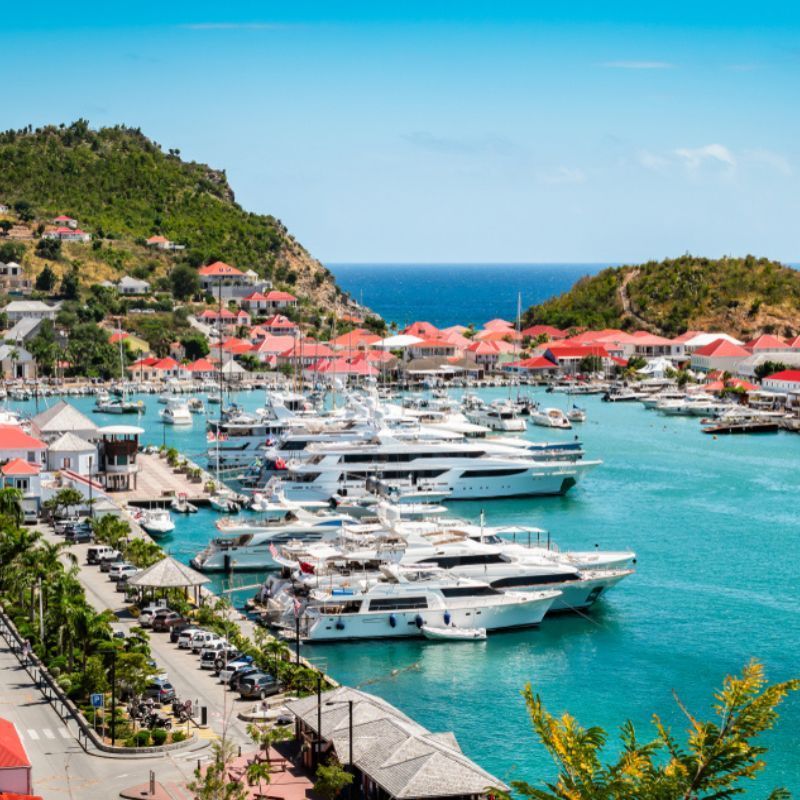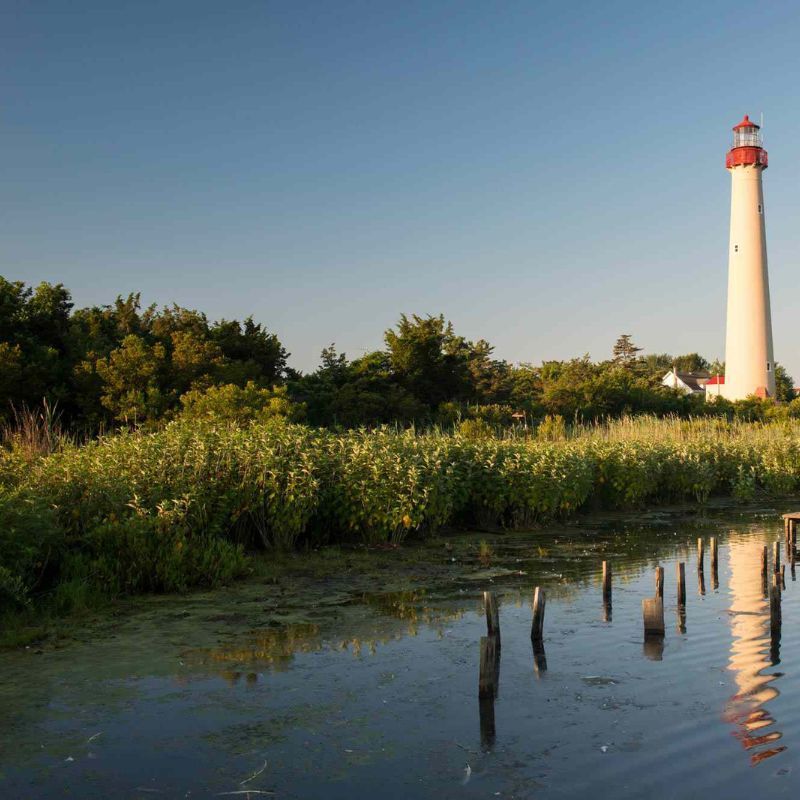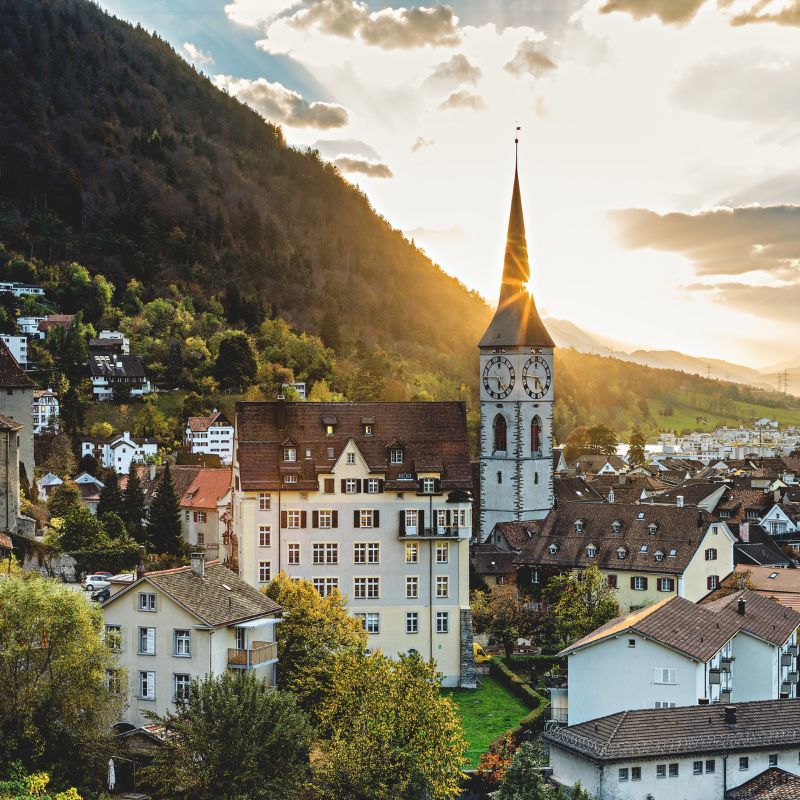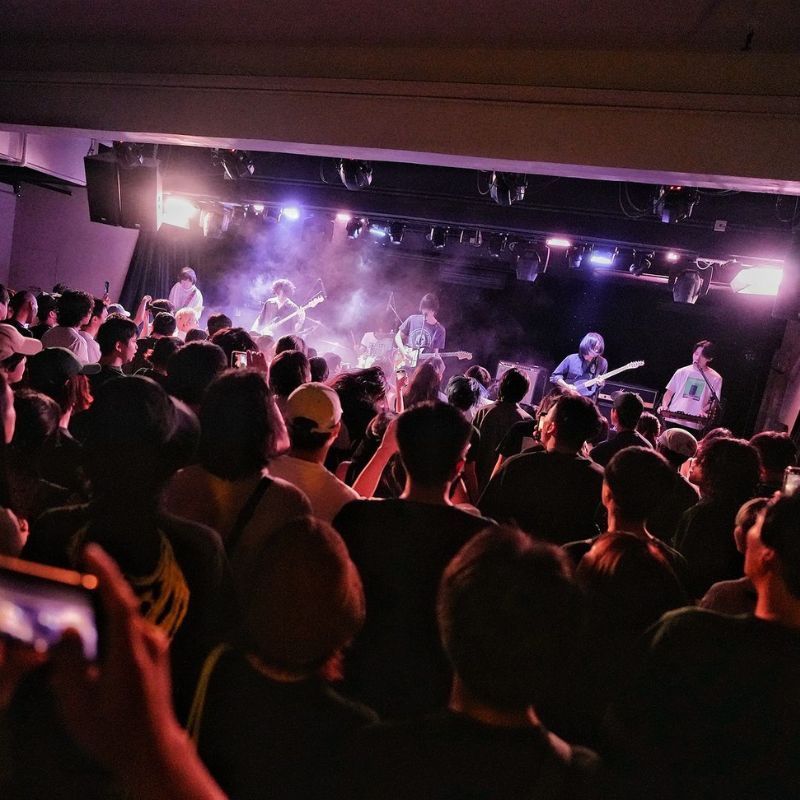
Today, Sharjah is the third largest emirate in the UAE and a popular destination for domestic and international tourists. But this landscape was once quite pastoral, dominated by vast swathes of desert. Travel + Leisure India & South Asia’s contributor traces the evolution of his hometown and offers a handy guide to its arts, culture, and architecture. By Govind Dhar
Growing up in a sleepy hamlet of Sharjah in the 1980s, my siblings and I had the run of vast tracts of uninhabited desert scrub between our apartment block on Al Khan Road and a patchwork of villas scattered a short drive away—towards the Ajman coast. In our teenage years, when we moved closer to Ajman beach, Sharjah’s terrain grew sandier, with paved roads running out of asphalt at the mouths of surrounding compounds. Games of gully cricket with our Somali, Pakistani, and Emirati neighbours played out amid desert shrub and storeys- high sand dunes. So pastoral was Sharjah then, that it was not uncommon for our neighbours to keep goats and chickens in their backyards, or for camels to come wandering onto our road. I once tried to ‘rescue’ one of these camels by cutting some rope binding its hind legs.

In the span of a generation, these desert tracts have become a wellspring of skyscrapers. Highways, schools, hotels, and parks abut the roads leading to and from Dubai. The 10-minute car ride from our home to Dubai is now closer to 90 minutes. Sharjah’s growth is crowned by urban development mirroring Dubai’s own real estate rise at the turn of the century. But within its sprawling glass and concrete exterior, a homelier rhythm keeps time with the city’s mercantile, migrant, and cultural past. As a city with significantly cheaper rent than Dubai, Sharjah has attracted a patchwork of professionals and families from South Asia, North Africa, and the Levant, whose enterprise, customs, and eating habits have enriched the city’s character from even before the time my grandparents and parents moved here in the 1970s. For decades, I heard Hindi, Urdu, Dari, and Malayalam spoken interchangeably and with ease, alongside Arabic, by barber, butcher, and tailor alike.

The Sharjah Corniche is a perfect example of this crush of cultures. Once littered with mud-and-coral forts and homes, this placid stretch of Sharjah is a patchwork of spice, textile, and fragrance shops, bordered by a span of Arabian trading ships or dhows bobbing along the water’s edge. A slight meander inland from Corniche Street and I find myself walking through whitewashed alleyways dressed with weather-beaten gas lanterns towards the restored 19th-century buildings of Bait Al Serkal, home of the Sharjah Art Foundation (SAF). The foundation spearheads Sharjah’s reputation as a powerhouse of West Asia’s art, culture, and literature scene by running frequent exhibitions, film festivals, a book fair, and the globally renowned Sharjah Biennial and March Meeting. SAF is rigorous and expansive in its curation of the most thought-provoking artists, publishers, and auteurs, but inclusive of experimental and independent agencies too. The upcoming Sharjah Biennial 15 (2023) was envisioned by the late Nigerian curator Okwui Enwezor in collaboration with Sheikha Hoor Al Qasimi, director of the foundation. Sheikha Hoor hails from the ruling Al Qasimi family, who have for generations galvanised arts, education, and culture in the emirate through their patronage of libraries, museums, schools, and universities. One such museum is the Sharjah Art Museum, which has on display a retrospective exhibition of Lebanese modernist Aref El Rayess, whose portraiture, sculpture, and surrealist depictions of upheaval and war from Algeria to Lebanon are darkly mesmerising. Taking a short walk in a reed-roofed souk, fragrant with sumac, hibiscus, and saffron, I stop by at Ratios Coffee for their small-batch, locally roasted coffee. Bringing the decidedly modern affectations of third-wave brews to a district known more for its Arabic coffee, or qahwa, Ratios serves up a delicious Ethiopian- roast cortado, and offers a range of coffee-making paraphernalia and baked goodies over cool views across the lagoon.
Walking inland, towards Bank Street and Rolla Square, where my mother bargained with shopkeepers in the 1990s for aluminium trunks, quilts, and camping gear I would take to boarding school, I remember the peals of children playing football, ringing out around what are now eerily empty squares. The space has been demarcated for rehabilitation to mimic the architecture of the solitary Al Hisn Fort, which sits at its centre. Once a lookout point stockaded with cannons and rifles (still on view within), the centuries-old citadel looks like a misplaced sand castle among a hive of 1970s buildings designed by Spanish architects Técnica y Proyectos S.A. (TYPSA). And if you look around, you will see the serpentine Arabic calligraphy of French-Tunisian graffiti artist, El Seed, unfurling across the floors of an abandoned building.

Further along the corniche, at Al Mureijah Square, is another set of mud-and-coral homes owned and restored by SAF that plays host to a range of global artists from Zarina Bhimji to the Otolith Group. Its cool modernist lines are abstractions of the surrounding Islamic architecture, and the stark white alcove walls may evoke the architectural vernacular of zippy global art institutions, but its turrets and alcoves, historic cobbled streets, squares, and the now tidy Souk Al Arsah give it a coastal Arabian mooring that subsumes artifice. Souk Al Arsah is a cosy honeycomb of shops selling old Arabian coins, dusty Rolleiflex cameras, and a pirate’s ransom of ornate swords, daggers, and calligraphic shields, among patina-coated lanterns and rugs. Exhausted from the heat and humidity, I stop at the earthy Chedi Al Bait hotel—a warren of courtyards, alleyways, and minaret-appointed spaces that suffuse a modernist take on the symmetries and hallmarks of a rustic Arabian village.

Beginning to feel hungry, I head for another section of the corniche opposite the Eye of the Emirates—a Ferris wheel affording views across a palimpsest of the old city and the one beginning to crowd it out. Madfoon Al Khaimah is one of the most popular mandi restaurants in Sharjah. Mandi is likened to tandoori food, except this tandoor originates in Yemen and is cooked within a pit in the ground. I am wedged into a space between parties of Filipino and Lebanese families. A large plastic sheet is unfurled before me, and a soup and a series of condiments are dropped onto the table, canteen-style. A neighbour recommends the lamb madfoon, which turns out to be delicately spiced steaming sections of spine, shoulder, and leg falling off the bone on a bed of stock-soaked rice that smells of clove, cardamom, and pepper—part of the secret and characteristic hawayij blend of Yemeni spices. Paired with fattoush, the dish is hearty, moreish, and easily enough for two, though I see most patrons ordering an entire plate just for themselves.

Poring over centuries-old tomes on Islamic art, architecture, and archaeology, the Ettinghausen Collection sits proudly behind glass cases in the lobby of the Foster & Partners-designed House of Wisdom. Named after the near-mythical ninth-century library of the caliphs of Baghdad, the public library is a soaring repository of over 1,05,000 books, bathed in light streaming through fins under a floating roof, and housing pods for reading or study, a book-printing station, and an open-air Japanese garden at its centre. The vast structure is a giant leap from the days of the awkward Flying Saucer building, a 10-minute drive from here. Secreted between the city’s monumental neoclassical Islamic buildings—the Ruler’s Office, Legal Department, and Sharjah Municipality—the Brutalist Flying Saucer was a novelty built in 1978 for a restaurant that became a supermarket in the ’80s. Today, it is a beautifully restored SAF art venue with a basement library, coffee shop, and film-screening rooms.

To round out a day of architecture in Sharjah, I head back to an old haunt: the Blue Souq, or Sharjah Souq. The blue-tiled twin bazaars are mounted with Iranian bastaks, or wind towers, and echo the filigreed windows and floral tapestries of ancient Persia. Built in 1978, the souk is a UAE landmark, featuring on the country’s five-dirham note. It is filled to the brim with cheap electronics and oudh, but also a swathe of unique antiques, carpet, and silver shops on its first floor. Before taking my leave of the city of my birth, I make a beeline for Pak Ghazi Restaurant and Sweets in the industrial area of Sharjah. Clamped to a flyover on the outskirts of construction and commodity warehouses, Pak Ghazi remains an incorrigibly honest and down-to-earth Pakistani canteen serving up hot haleem, kebabs, and tandoori chicken to everyone from taxi drivers and sales clerks to businessmen and families alike. My favourites are the tawa keema and chapli kebab with raita and tandoori roti—all for less than what it takes to get a cab from Sharjah to Dubai. One needs little incentive to stay in Sharjah and imbibe the sleepy poetry of its communities and cityscapes, so my goodbye to this hometown is a bittersweet one.
Getting to Sharjah

IndiGo offers connecting flights from Delhi and Mumbai to Sharjah International Airport.
Stay at Sharjah
The Chedi Al Bait, Sharjah is a luxury boutique hotel facing the Sharjah Corniche. Doubles from INR 20,243, including taxes.
Related: #TNLVirtualTour: Sharjah









